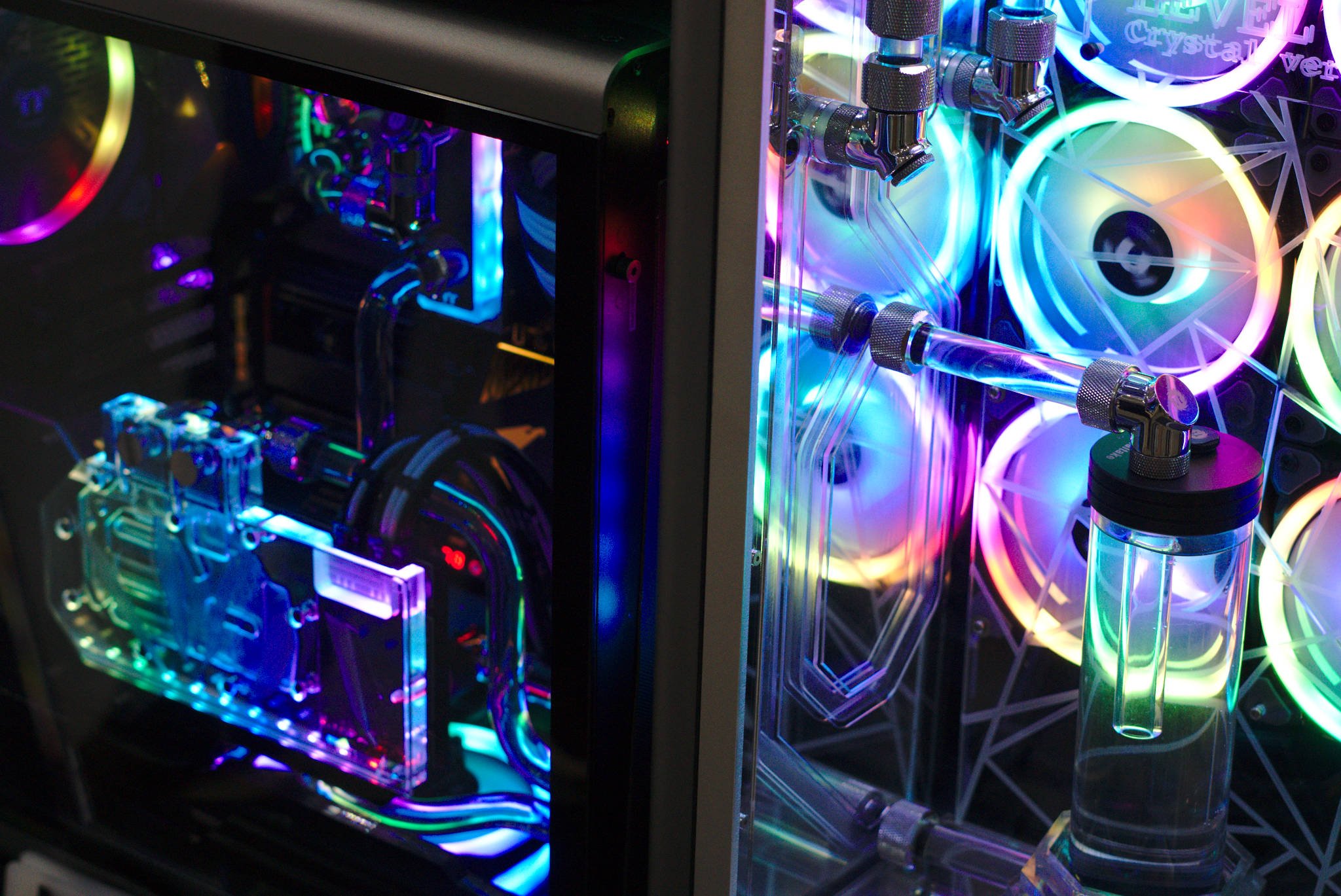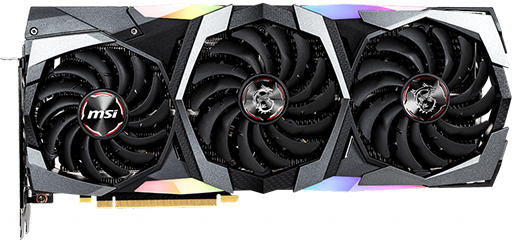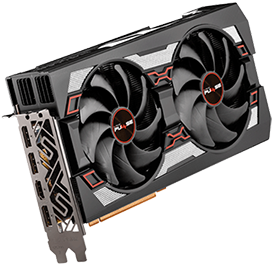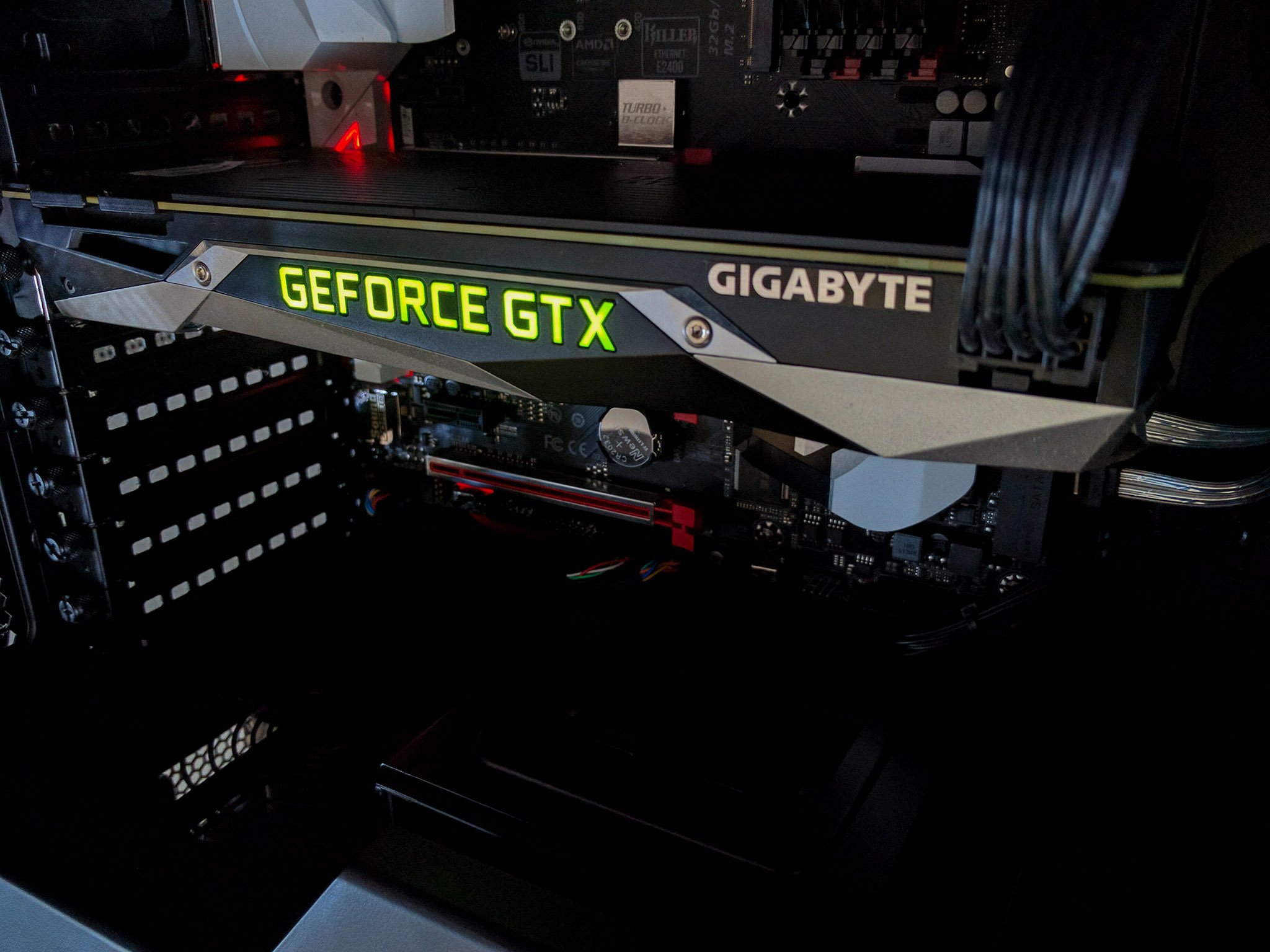NVIDIA GeForce vs AMD Radeon GPU: Which graphics card should you buy?


NVIDIA
NVIDIA has a wide range of graphics cards, spanning the low- mid- and high-end segments. The RTX 2080 Ti is one of the most powerful GPUs around, but you'll be paying a premium for the luxury. There's also the surcharge on G-Sync monitors.
Pros
- NVIDIA has better high-end GPUs
- Ray tracing support across RTX series
- DLSS 2.0
Cons
- G-Sync increases monitor pricing

AMD
AMD offers some excellent value with its RX series, and while the 5700 XT can technically handle some 4K gaming, it's nowhere close to the RTX 2080 Ti. Luckily, FreeSync won't see you paying more for a monitor.
Pros
- FreeSync doesn't affect monitor pricing
Cons
- Not as good high-end GPUs
- No ray tracing support
If you want the best graphics card, NVIDIA is the way to go for budget and premium. It offers better performance for the price in these segments, though in reality, AMD is simply non-existent in the high-end sector. For the mid-range, it's a little closer with AMD's RX 5600 and RX 5700 series, comfortably matching NVIDIA offerings.
But in reality, it could come down to which monitor you own.
NVIDIA vs. AMD specs
We're using the NVIDIA GeForce RTX 2080 SUPER, and AMD Radeon RX 5700 XT GPUs as examples from both camps.
| Header Cell - Column 0 | NVIDIA GeForce RTX 2080 SUPER | AMD Radeon RX 5700 XT |
|---|---|---|
| Architecture | Turing | rDNA |
| Video RAM | 8GB GDDR6 | 8GB GDDR6 |
| RAM speed | 15.5Gb/s | 14Gb/s |
| Clock speed | 1,650 MHz | 1,605MHz |
| Stream processors | 3,072 | 2,560 |
| Price | $827 | $400 at Amazon |
NVIDIA GeForce RTX GPUs are simply better
We're using the RTX 2080 SUPER, and RX 5700 XT for comparison and team NVIDIA wins on performance, but overall you could say the same for the NVIDIA line-up. The company nailed it with its RTX family of cards, and the SUPER versions are even better. The major feature of RTX GPUs is ray tracing.
But there's another highlight in NVIDIA RTX GPUs, and that's deep learning super sampling (DLSS) 2.0, which effectively uses an AI to boost frame rates and render real-time without sacrificing quality. Pair that up with ray tracing, which can impact performance negatively, and you've got one excellent combined solution.
That's the future of gaming, and we're just seeing the start of this trend take off. More games are looking to support ray tracing, and what we've seen with Minecraft is incredible. Still, a GPU is simply that, a graphics card. Luckily, NVIDIA hasn't sacrificed general performance chasing these next-gen features, and using any RTX GPU (SUPER or otherwise) with all PC games will leave you smiling.

The best GPUs for PC gaming
The GPU is a crucial decision to factor in when building your PC. It's what is responsible for handling the majority of processing for games, rendering frames that are delivered to your monitor. Choosing the best GPU money can buy is the best way to ensure you get a superior experience without having to fork out on an upgrade sooner.
All the latest news, reviews, and guides for Windows and Xbox diehards.
The Turing architecture is simply better at allowing you to enjoy your favorite games and is why NVIDIA GPUs remain the more popular option right now. Even NVIDIA's GTX series of GPUs were usually better than what AMD could muster. The GTX 1080 Ti was one of the best graphics cards money could buy before the RTX series was announced.
AMD is down but not out yet
Competition is hot in the GPU space. Much like Intel and the processor market, NVIDIA feels AMD right on its heels with GPUs, and the current rDNA architecture has enabled AMD to launch the RX series, which offers exceptional value at the low- and mid-tier segments. Unfortunately, for team red, there aren't really any high-end GPUs from which to choose.
AMD is on par with NVIDIA's current generation of GPUs, but one has to remember that NVIDIA has ampere architecture around the corner. Current RTX cards are all built on older tech, which just goes to show just how advanced NVIDIA's graphics cards are. It'll be interesting to see if AMD can keep up with ampere cards from NVIDIA with rDNA 2.
For the price, AMD wins by a long shot. Looking at the RTX 2080 SUPER and RX 5700 XT, the price difference is around $400, which is substantial if you're looking for a better deal. The RTX 2080 SUPER wins outright in performance, but for value, it's team red. The RX 5700 XT can even do a little 4K gaming so you can save big with AMD if you know which card to pick.
Choose NVIDIA for performance
NVIDIA is the better choice for gamers wanting to maximize the visual fidelity of what's displayed on-screen. Whether you choose an RTX 2060 SUPER or 2080 Ti, you'll be able to witness the power of DLSS and ray tracing. They're a little more pricey than AMD cards, especially at the high-end, but the end result is incredible.
Save money with AMD
AMD is all about offering exceptional value, whether you're looking for a CPU or GPU. The company's line-up of rDNA-powered GPUs is brilliant for those on tighter budgets. You won't be able to match NVIDIA's top-range RTX 2080 SUPER or 2080 Ti, but you'll save some money and enjoy decent gaming performance.

Rich Edmonds was formerly a Senior Editor of PC hardware at Windows Central, covering everything related to PC components and NAS. He's been involved in technology for more than a decade and knows a thing or two about the magic inside a PC chassis. You can follow him on Twitter at @RichEdmonds.
